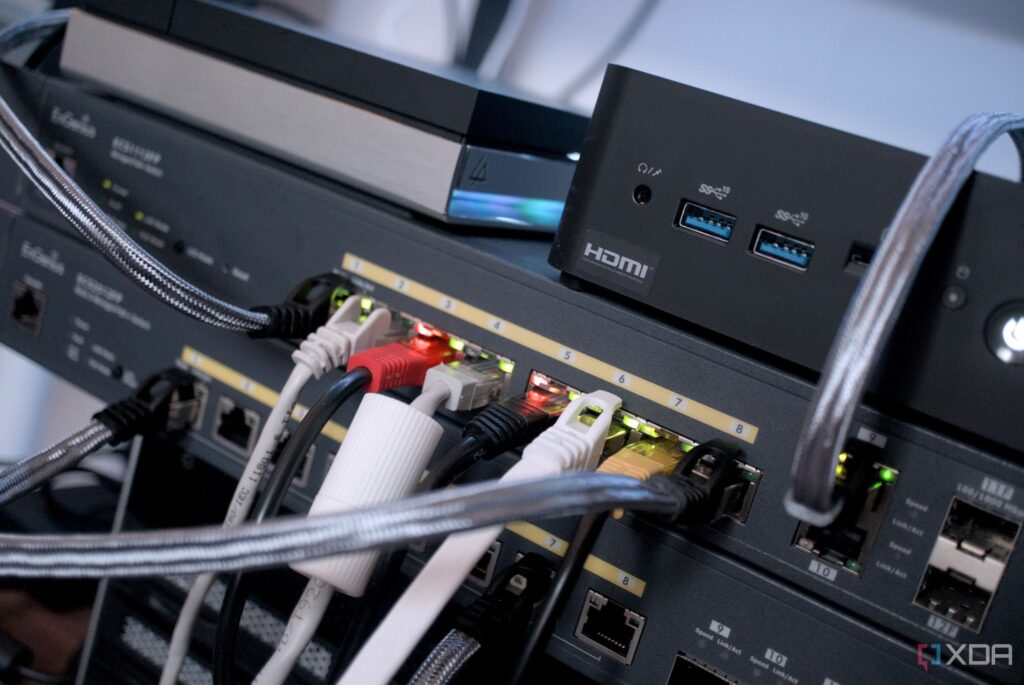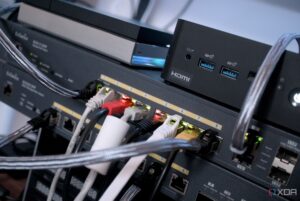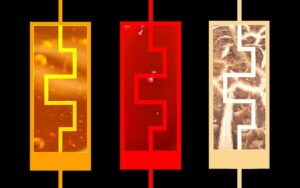
New reports reveal that many users who upgraded to devices with a 2.5GbE port are experiencing slower speeds than expected. This surprising trend is causing frustration for tech enthusiasts worldwide. Despite the promise of faster transfer rates, users report that their network performance feels unchanged or even diminished.
The core issue lies not with the 2.5GbE technology itself, but rather with the existing network infrastructure. Upgrading to a faster LAN port is just one piece of the puzzle. Your entire network setup must be equipped to handle the increased bandwidth. This includes key components like your router, network switch, Ethernet cables, and the devices being used for data transfer.
One of the most common pitfalls is having a 1GbE device somewhere in the network chain. For instance, if a PC with a 2.5GbE port is connected to a Gigabit switch, the overall connection speed is capped at 1GbE. This scenario plays out frequently, leaving users perplexed as to why their upgrades aren’t yielding anticipated results.
Moreover, even if you eliminate network bottlenecks, outdated storage solutions can still hinder performance. Most mechanical hard drives have a maximum speed of around 200MB/s, significantly lower than the theoretical speed of 312.5MB/s offered by 2.5GbE. Upgrading to a SATA SSD—which can achieve speeds of 500-550MB/s—is crucial for maximizing your network’s potential.
Another critical factor is the quality of your Ethernet cables. While Cat5e cables technically support 2.5GbE, not all are built to the same standard. Inexpensive options may lack proper shielding and internal quality, leading to negotiation down to 1GbE speeds or inconsistent performance. Upgrading to a reliable Cat6 cable could cost under $10 and significantly improve your connection.
Additionally, your ISP may be the limiting factor. Many users mistakenly believe that a faster LAN port will enhance their internet speed. However, if your ISP plan maxes out at 300Mbps or 500Mbps, that’s the speed you’ll experience, regardless of your hardware. Even a standard 1Gbps plan is insufficient to utilize the full capabilities of 2.5GbE technology.
As network congestion and server limitations affect real-world speeds, many users find that they rarely achieve the advertised performance. For most home users, simply upgrading from 1GbE to 2.5GbE won’t result in noticeable improvements in browsing or streaming experiences.
In summary, achieving faster speeds with a 2.5GbE port requires a comprehensive assessment of your entire network setup. Every link in the chain must be capable of handling increased bandwidth, or the upgrade becomes a mere technical specification rather than a practical enhancement. For those frustrated by their investments, ensuring that all components—from cables to devices—are optimized will be crucial for realizing the full benefits of this technology.
Stay tuned as we continue to monitor this developing story and offer solutions for those struggling with their network upgrades.





